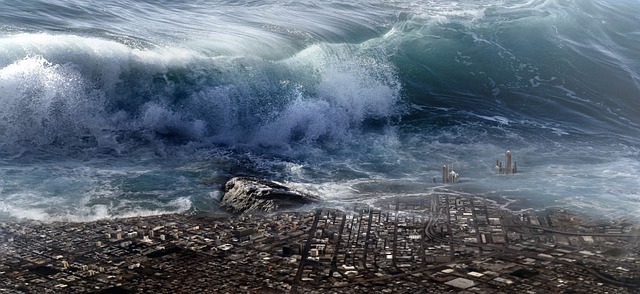
Overview of the Chapter
The chapter The Tsunami from the CBSE Grade 8 English textbook explores the devastating natural disaster of a tsunami through real-life accounts and narratives. It highlights the impact of tsunamis on human lives, the importance of disaster preparedness, and the resilience of affected communities. The chapter combines factual information with emotional storytelling to educate students about the science behind tsunamis and their consequences.
Tsunami: A series of enormous ocean waves caused by underwater earthquakes, volcanic eruptions, or landslides, often resulting in widespread destruction when they reach coastal areas.
Key Themes
- The destructive power of natural disasters
- Human survival and resilience
- The science behind tsunamis
- Community response and recovery
Important Events in the Chapter
- Description of the 2004 Indian Ocean tsunami and its impact
- Personal stories of survivors
- Scientific explanation of how tsunamis form
- Measures to mitigate tsunami damage
Characters and Their Roles
- Survivors: Individuals who share their experiences of the tsunami
- Scientists: Experts explaining the causes and effects of tsunamis
- Rescue Workers: Highlighting the efforts of those who helped during the disaster
Moral and Learning Outcomes
The chapter emphasizes the importance of awareness, preparedness, and compassion in the face of natural disasters. It encourages students to appreciate the fragility of life and the strength of human spirit in overcoming challenges.
